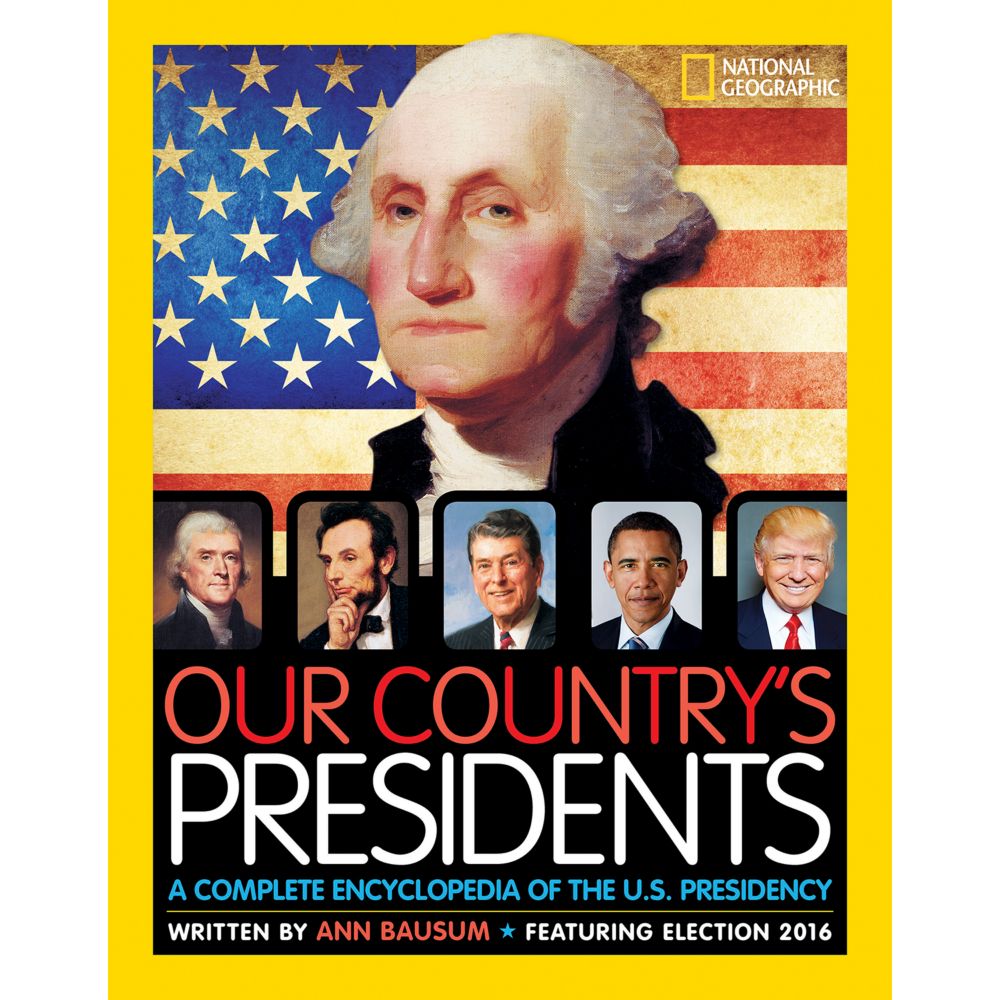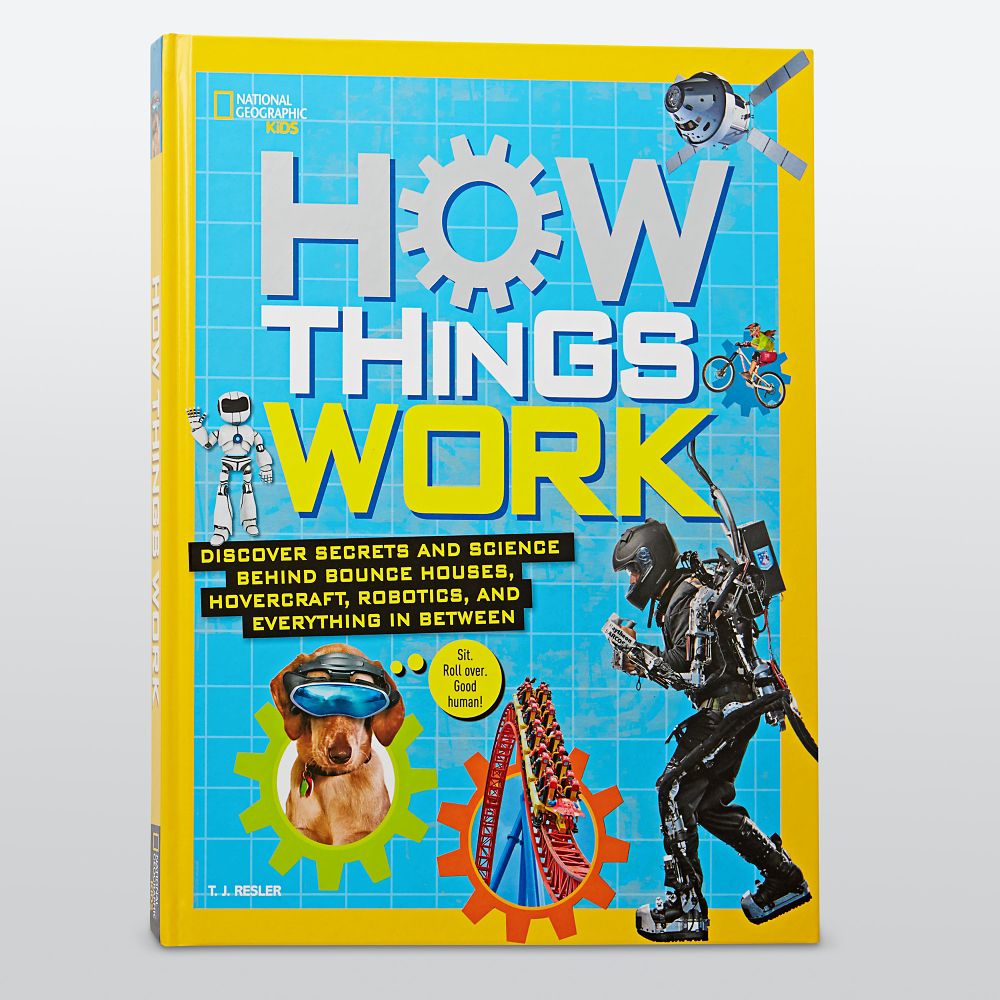The Football Fanbook
written by Gary Gramling
2017 (Liberty Street)
Source: Review copy provided by the publisher
Don’t let anybody tell you that the only numbers that matter are the ones on the scoreboard. These are the stats and figures that every NFL should know by heart.
In the foreword to The Football Fanbook, Peter King writes “It’s the kind of book I wish I had when I was your age.” I couldn’t agree more. 10 year old me would have loved this book. The thing is, over 50 year old me loves it too. This is like a delicious seafood platter of football knowledge. It’s all good and with a lot of variety. Chapter 1, Know These Numbers, gives you historical background knowledge as you review the most important records in the game. Ask a die-hard fan what 17-0 means, and they will tell you about the 1972 Miami Dolphins. Only team to go undefeated in a season. On the flip side, 0-26 hearkens back to the hapless 1976-77 Tampa Bay Buccaneers. 208 touchdowns shows the greatness of receiver Jerry Rice and his San Francisco 49er teams. Chapter 1 would be a good place for a student to practice referring back to the text for details. You can continue that practice in Chapter 2, Obscure Facts. Did you know that there are less than 11 minutes of action in an average NFL game? Or that most stadiums are built facing north and south to minimize interference from the sun? These are the kind of “Wow!” facts that hook readers. Want a reader to work on reading procedural text in addition to their throwing motion? Chapter 3, Skills to Master, is the place for you. Full of sequence, this section covers practice routines for aspiring players and for aspiring fans. As a Seahawks fan, I needed the Lose With Dignity procedural text after Marshawn Lynch didn’t touch the ball on the one yard line in Super Bowl 49. Chapter 4, Think Like a Coach, teaches readers about strategies for offense and defense. Learn these and you will be the star of your football conversations. It’s also a great place to work on finding the main idea and supporting details. The paragraph on Man Blocking talks about how the idea is simple (main idea) and why it’s simple (supporting details) for blockers. Sports fans love to argue about the present vs. the past. Chapter 5, He Reminds Me Of…, will give them that opportunity. Each spread compares a current player and a past player who played the same or a similar position. The fan in me loves that young readers will be introduced to great players from the past and the teacher in me sees an opportunity to work on comparing two historical figures. Let the arguing begin! Want to know more about the two teams before watching the game? Check out Chapter 6, Team Tidbits. You can bask in the glow of when your team was once relevant. The final chapter, Talk the Talk, may be the MVP of chapters if you’re seeking to better understand the game. It focuses on vocabulary that you will hear before, during, and after a game. A football term encyclopedia from A-Z, this is a NFL owners-like wealth of knowledge and a good place for students to work on how to learn new terms. You’ll want to view this fun video featuring some of the vocabulary.
This is the book that I would hand to someone, child or adult, who wanted to learn more about football. I appreciate how author Gary Gramling covers several aspects of the game. These short nonfiction pieces of text will be a valuable resource in your classroom and in your living room as football season approaches.
Find more stuff from Jeff @ NC Teacher Stuff.








